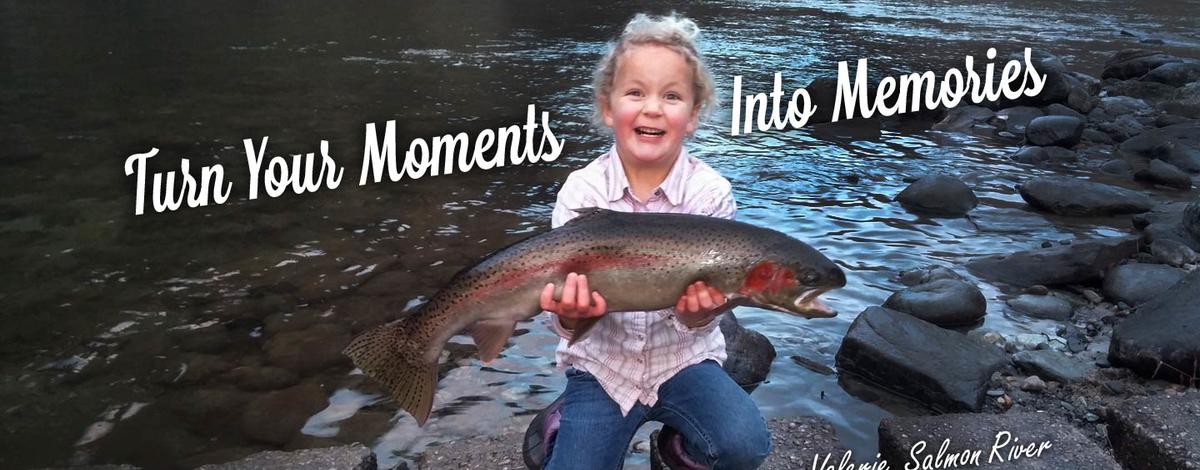Harvest Share
Once flows coming out of Bonneville Dam dropped on April 28, Chinook counts picked up and have been climbing ever since. Just yesterday, over 13,000 adult Chinook were counted passing over Bonneville Dam and many are heading to Idaho. Based on past Chinook passage data, we can project how many Chinook are remaining to come depending on whether the run has an average or late migration timing. The good news is, regardless of the run timing, we are going to have fisheries. If counts remain high, it would suggest the run timing is late and harvest shares similar to what is shown in the last column will likely occur. Flows are supposed to pick up this weekend in the Columbia due to the hot weather and snowmelt. This could slow fish movement down.
Migration Timing
Flows can make a big difference in how long it takes to get to Idaho. For example, last year when flows were low, fish were making this migration 5 days faster than the historic average. With flows the way they are now in the Columbia (a little above average), you may have to add a few days to the average. What this means is that the big surge of Chinook that has been coming over Bonneville Dam over the last four days will probably reach Idaho in two weeks.
Others have asked how long it takes these fish to get from Lower Granite Dam to Riggins. This also varies greatly depending upon flows and water clarity. When flows are high and dirty it can cause Chinook to stop migrating. In fact, there is evidence that the Slide Rapid in the lower Salmon River can greatly delay migrations in higher flows. Based on telemetry work done in the past (1997-2002), I produced the table below on how long it took radio tagged Chinook Salmon to travel from the Idaho state line to Rice Creek Bridge (beginning of the fishery) and the Little Salmon River. Flows are supposed to come up this weekend on the Salmon to around 50,000 cfs. If these flows stay high, expect the migration timing to range on the high side.
Fishery Updates
Through last weekend, our creel surveys have not detected any harvested Chinook in any of the fisheries in the Clearwater Region. We know a few have been caught, but we just didn’t interview those lucky anglers. In case you were wondering, these allocations were developed by anglers in an effort to fairly distribute harvest throughout the different communities in the Clearwater basin. This number will change and get more precise as we better understand just how many fish will make it to Idaho.
If you are wondering what to do this weekend, you may want to give Chinook fishing a try.

